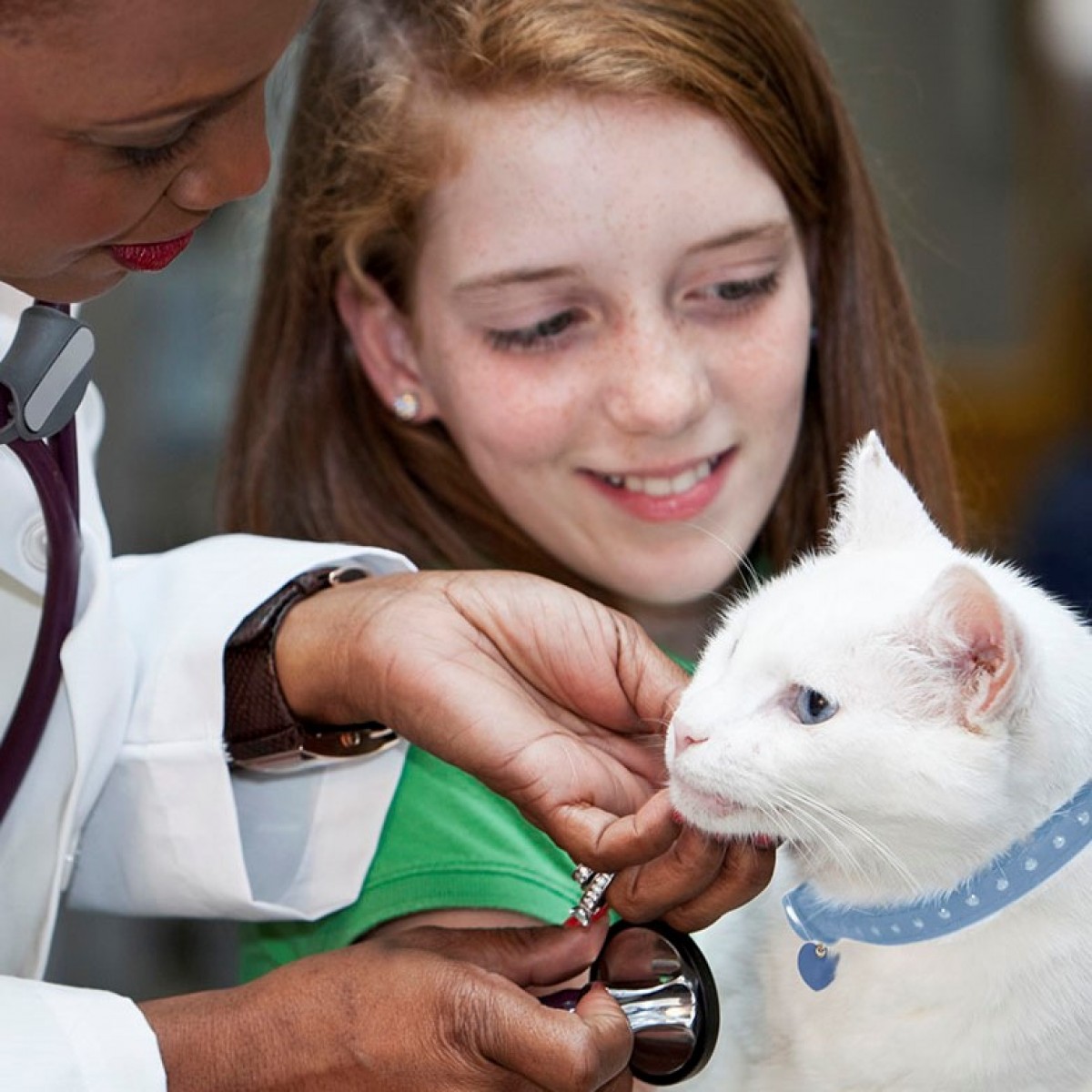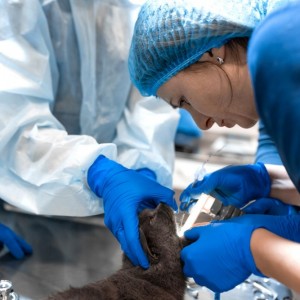CATalyst Council Feline Market Insights Report Vol II Reveals Emotional and Operational Barriers to $20 Billion Feline Opportunity
Following the June 16, 2025 reporting on its Feline Market Insights Report Volume II, CATalyst Council unveils additional insights focused on the emotional, behavioral, and operational dynamics driving the future of feline veterinary care. While the earlier Report highlighted the feline veterinary market’s size and growth potential, this follow-up delves into opportunities to accelerate market growth and improve the health of our feline friends.
“What’s holding cats back isn’t demand, it’s delivery,” says Dr. Jane Brunt, Executive Director of CATalyst Council.
Volume II of the Report goes beyond market sizing to deliver actionable insights to veterinary and business stakeholders on the emotional, behavioral, and operational forces shaping the future of feline care.
Key Findings:
- Unmet Medicalization Gap: An estimated 70% of U.S. household-owned cats did not visit a veterinary practice in 2024, and over 80% did not receive wellness care, compared to corresponding 30% to 35% of dogs missing an annual visit.
- Age Cohort Insights: Mature adult cats (ages 7-10) were the least likely to visit a veterinarian in 2024, with only 16% receiving care despite this being a critical pre-senior stage. Re-engaging this cohort represents a meaningful opportunity for early intervention and loyalty-building.
- Inflationary Headwinds & Recovery Forecast: Veterinary services inflation is running at a rate close to 5%, annualized, in the preceding three months through June, a continued headwind to veterinary visit growth. However, overall inflation in pet ownership costs, including food, products and services during the corresponding period is running at only 1% (annualized) above CPI. This is an encouraging sign for pet adoptions and could explain a recent increase in kitten adoptions. The report speculates that overall veterinary visit growth could rebound to a +1-2% increase over the next 6-18 months, provided the consumer economy continues to improve for households across the income spectrum.
- Behavioral & Bonding Trends: An estimated 93% of cat owners view their cat as a “member of the family,” and 77% of Gen Z owners report they would spend any amount to keep their cat healthy. This emotional alignment supports expanded investment in species-specific care.
“Everyday behavior is one of the earliest indicators of health decline in cats, but it's also the most overlooked,” said Kristin Wuhrman, Vice Chair of the CATalyst Council. “This analysis challenges us to reframe feline care around subtle changes in activity, appetite, and the litter box routine. A change in these behaviors is often the first sign of disease, and may be seen long before overt clinical symptoms appear.”
Pet Insurance Surge: The number of medically insured cats tripled between 2020 and 2024, from 0.5 million to 1.5 million, demonstrating a growing willingness to finance comprehensive care and remove cost as a care barrier.
Veterinary practices can address these identified barriers to feline veterinary visits:
- Perception of Value and Affordability
- Feline Annual Wellness Visit Pricing
- Stress of the Vet Visit
- Lack of Sufficient Feline-Specific Medical Training
- Fragmented Experience for First-Time Cat Owners
- Limited Practice Resources: Time, Money, and People
Volume II explores the solutions to the above six barriers in depth. Overcoming these challenges is essential to unlocking the estimated $20 billion addressable feline veterinary health growth opportunity.
“The data in this report confirms what we have long suspected,” said Dr. Anne Ward, Chair of the CATalyst Council. “Many veterinarians enter practice without adequate preparation to address the unique needs of cats from the standpoint of care delivery. As feline visits rise and the demand for care grows, the path forward lies in both education and clinical empowerment. We need to expand opportunities for feline-specific training so that veterinary teams can develop the knowledge and confidence needed for cat-friendly care to become the standard of care.”
“From the at-home prep to the front desk to the exam room and inpatient areas, practices that embrace Cat Friendly Practices®, an approach suggested by FelineVMA, or similar care protocols, will not only improve outcomes, but also drive sustainable, meaningful practice growth,” adds Brunt.
Industry Implications
Volume II makes it clear that by tackling these barriers and investing in proactive lifecycle care, behavior-first protocols, and accessible at-home tools, the veterinary industry can unlock one of the most significant untapped growth opportunities in pet healthcare. “The data shows a clear economic case: feline healthcare isn’t a niche, it’s a growth engine,” said Jon Ayers, CATalyst Council board member and chair of its Market Insights Committee. “Practices that adapt to the specific needs of cats and their caregivers stand to unlock meaningful, margin-rich revenue streams while raising the standard of care. CATalyst Council calls on veterinary professionals, industry leaders, and innovators to join in shaping the future of feline care.”
About CATalyst Council
CATalyst Council is a national organization dedicated to accelerating innovation in feline care and enhancing quality of life for cats and their people. CATalyst Council’s vision is to ensure all companion cats receive lifelong care by using evidence-based resources, embracing community-wide relationships for optimal health outcomes, and celebrating the human-feline bond.
Source: www.catalystcouncil.org














List
Add
Please enter a comment